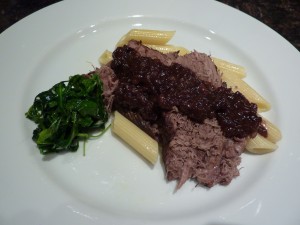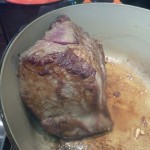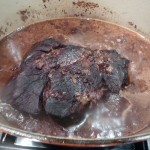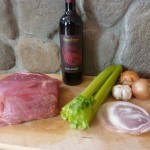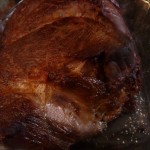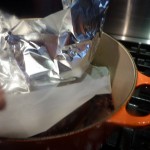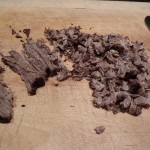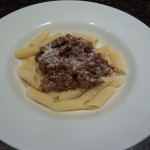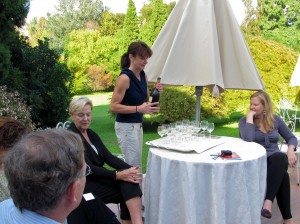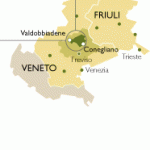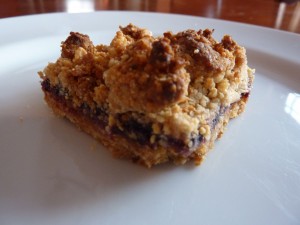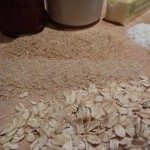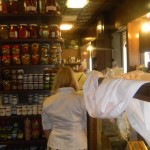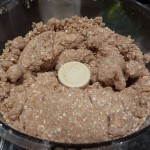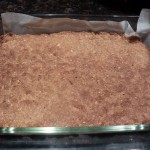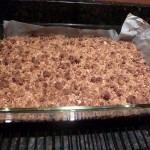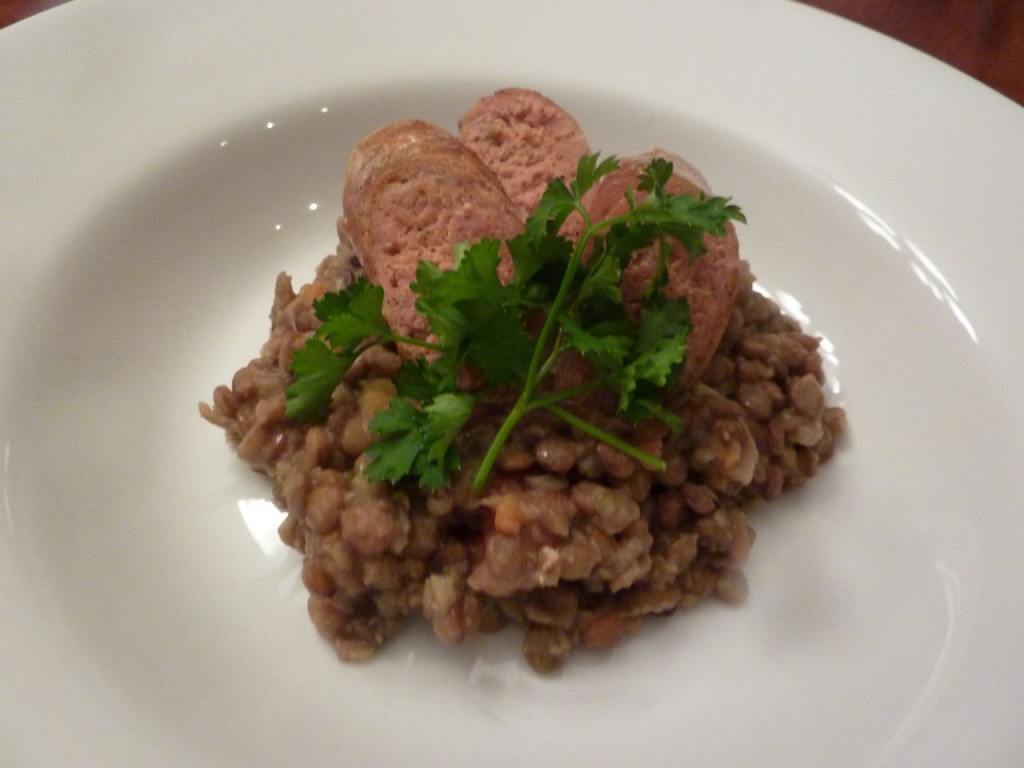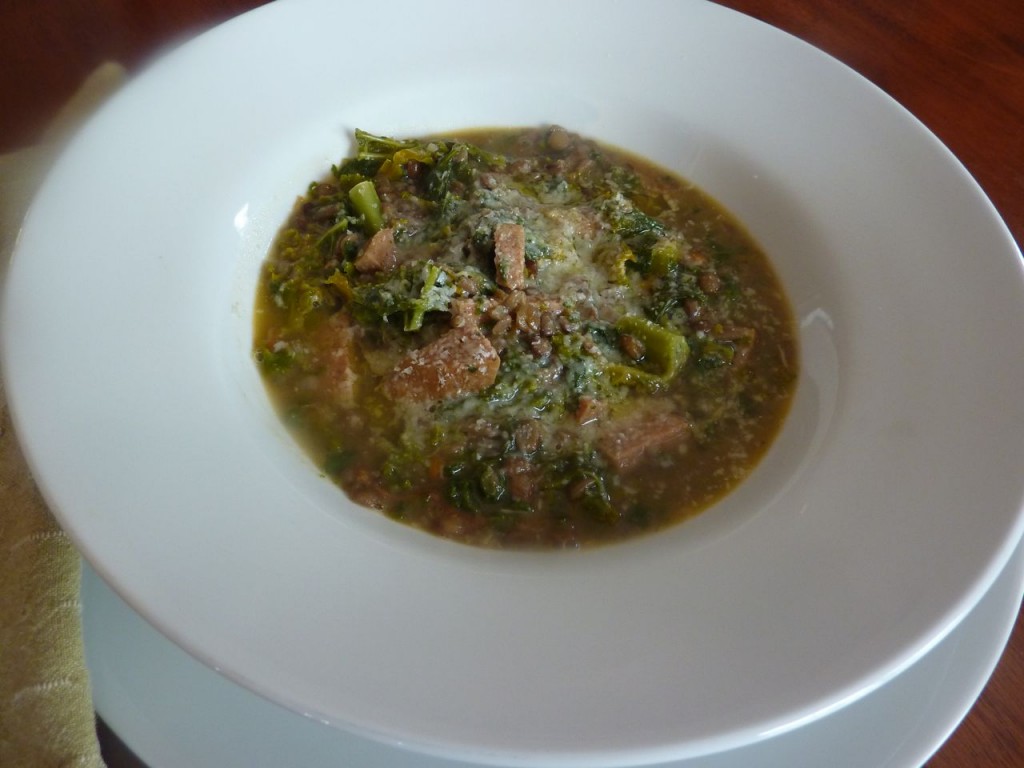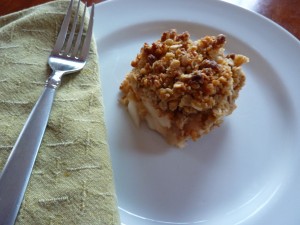
Apples are grown in both the Veneto and Trentino regions, but are considered to be the queen of the land in Trentino. Apple orchards wind their way across Italy’s northeast area, from Val Sugana, continuing along the Adige Valley and then straight to the epicenter of apple cultivation, the Val di Non and Val di Sole. More than four million apples of all varieties and sizes are produced each year in these valleys and today, more than ever, they are used satisfy a growing overseas market.Apple desserts are popular in the Val di Non and surrounding provinces in Trentino. From apple strudel, apple cakes, and the apple in puff pastry dessert that we enjoyed making during our cooking classes at Villa Margherita, there are a variety of tasty treats made with apples all around northern Italy. Here, I’ve taken the granola base I used for my granola bar recipe from a few posts back, and turned that into a delicious, somewhat healthy streusel type topping for this apple crisp. Another hit with my coworkers at the ski school!
Apple Crisp
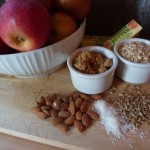
Serves 24
3/4 cup almonds or other nut(s)
6-8 apples, peeled, cored and sliced
1/4 teaspoon cinnamon
2 tablespoons brown sugar
3/4 cups unbleached all-purpose flour
1/4 cup ground flaxseed
1/3 cup packed light brown sugar
1/3 cup unsweetened shredded coconut
1 teaspoon kosher salt
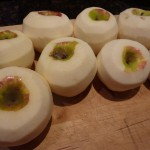
1/4 teaspoon ground cinnamon
1/2 cup unsalted butter, softened, cut into 8 to 10 pieces
3 tablespoons honey
3/4 cup old fashioned rolled oats
3 tablespoons sunflowers seeds
Preheat the oven to 350°. Spread the nuts on a baking sheet and toast for about 10 minutes, or until lightly toasted and fragrant. Remove from oven, and let cool.
Place the apple slices in a 13×9 baking dish. They should fill the dish about 2/3 of the way to the top. Sprinkle with the 1/4 teaspoon cinnamon and the 2 tablespoons of brown sugar.
In a food processor, combine the toasted nuts, flour, flaxseed, brown sugar, coconut, salt, cinnamon and butter and pulse about 30 times, or until the mixture is evenly combined. You may need to take off the lid and move things around a bit with a spatula during the pulses, as you want to make sure everything is evenly distributed.
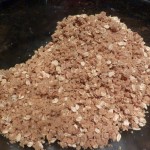
Dump the mixture into a large bowl and drizzle the honey on top. Work in the honey with your hands until the mixture comes together. Add the oats and sunflower seeds, and mix in with your hands until well combined.
Sprinkle the mixture like a crumb topping over the apples. Place the pan on a sheet pan (this will prevent any overflow apple juices from landing on the bottom of your oven.) Bake for about 40 minutes, until the top is golden brown and the apples are bubbling.
Let cool in the pan on a wire rack for 2 to 3 hours. Cut into 24 bars.
Apres Ski – Stretching
I have been reminded several times recently about the importance of incorporating flexibility and stretching into your regular fitness routine. A couple of women in my early morning workout group are feeling the need for more flexibility, with tight muscles after running. At the ski school this week, our weekly fitness message on Monday touched on the importance of hip flexibility as we rotate our skis under us while keeping our upper body facing down the hill. I see many of my ski students struggle with these movements that require the upper body and the legs to be moving in different directions. I promised to lead my early morning workout group through some stretches, and to be more vigilant about remembering to do them myself on a regular basis!
Here are a few of my favorite apres-ski streches.

Pigeon Pose
This is a classic yoga pose that really stretches the glutius and piriformus muscles.
Begin hands and knees. Slide one of your knees forward to the hand in front of it, moving the foot of the same leg toward the opposite hand. Place this leg on the ground; the knee, foot and outside of the shin should be in contact with the floor. Slowly slide the other leg back, straightening it so the knee rests on the ground and the upper thigh is facing (or touching) the ground. Your back leg should extend out straight behind you, and your hips should be even, not tilted to one side so that one rests on the floor

while the other is elevated. Your front foot can be well out in front of you, if you are quite flexible, or may be tucked just in front of your pelvis. You should feel a good stretch, but not be in pain! Hold for 30 seconds, then come out and repeat on the other side.
Pigeon on Your Back

This is a similar pose, one that may be more accessible. Lie on your back. Bring your right knee towards your chest. Grasp the knee with your right hand, and the right foot with the left hand. Pull the left foot forward towards your chest, rotating the right knee toward the right. Bend the left knee, placing the left foot on the floor. Then raise the left leg until the left thigh and bent knee touch the right foot. Hold here, applying just enough pressure with the left leg to feel a good stretch, or for more of a stretch reach the right hand between the legs and the left hand around the outside of the left leg and join hands around the shin of the left leg. Repeat on the other side.
